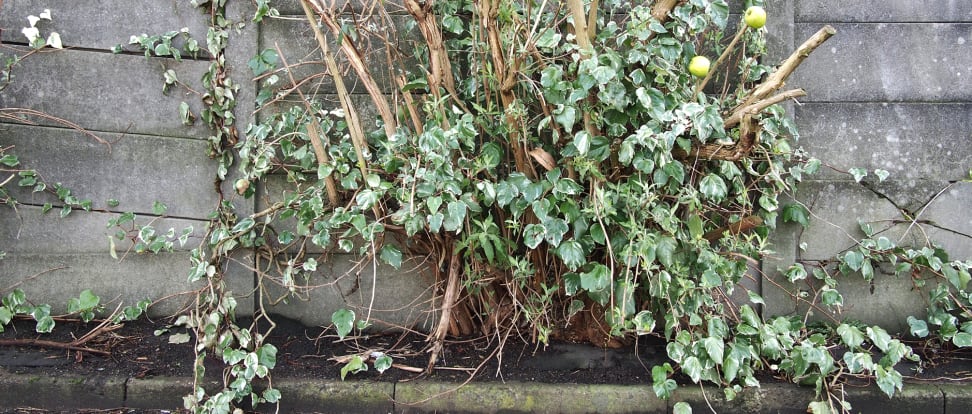 Credit:
Credit:
Recommendations are independently chosen by Reviewed's editors. Purchases made through the links below may earn us and our publishing partners a commission.
A couple days ago, I decided to deny myself a vending machine snack and vowed to find something healthier to sate my hunger. But it was the wrong day of the week for the farmer's market, and I couldn't afford Whole Foods prices.
Then I remembered Falling Fruit.
Started by Colorado natives Caleb Phillips and Ethan Welty, Falling Fruit is an interactive, crowd-sourced map that runs on the Google Maps API. Aside from a pretty clunky looking header bar, the site looks just like your typical Google Maps page.
But the dots on the map aren't businesses—they're foraging spots. They highlight neighborhood fruit trees, vegetable bushes, and even places to gather nuts. Clicking on each dot gives you detailed information, including the type of plant, the expected yield, fruiting season, and even a link to relevant USDA information.

Falling Fruit operates much like Google Maps, but instead of businesses it points out foraging spots.
All the entries on Falling Fruit are user-curated, and there are thousands upon thousands of them. The site has a strong community of passionate urban foragers who keep it up to date, and their interests extend past fresh fruit. Several of the entries in our neck of the woods (Cambridge, Massachusetts) highlight choice dumpsters at Whole Foods, Au Bon Pain, and the like.
The location info can be easily downloaded as a data set, if you want to do more intense information mining. Only a handful of cities are represented at this time, but the options are still impressive. For example, the site already boasts over 4,000 entries for olives, and more than 2,000 for plums.

All the open-source data is easily downloadable.
Connecting people to free food before it falls off the tree and rots on the sidewalk sounds like a great idea, but it's not always trouble-free.
For one thing, a majority of the fruiting trees in any given city are on private property. Both Falling Fruit and similar sites—like Portland, Oregon's Urban Edibles—encourage asking permission before snagging produce, even if it's hanging in a public space.
But even if the foraging spot is on the sidewalk, some neighborhoods might not appreciate strangers dropping by to pick fruit.
![One of the fears of planting more fruiting trees in urban environments is the mess. [Credit: Flickr User "mattimattila" (CC BY-NC-SA 2.0)]](https://reviewed-com-res.cloudinary.com/image/fetch/s--J7t4eX6W--/b_white,c_limit,cs_srgb,f_auto,fl_progressive.strip_profile,g_center,q_auto,w_792/https://reviewed-production.s3.amazonaws.com/attachment/2a8a11bf45874c7c/Falling-Fruit-Callout-3.jpg)
One of the fears of planting more fruiting trees in urban environments is the mess. [Credit: Flickr User "mattimattila" (CC BY-NC-SA 2.0)]
Is this a good way to combat urban hunger? Should city leaders be encouraged to plant more fruit trees? Or will just become a huge sticky mess?
I don't know. I'm still looking for that apple tree.
Hero Image: Flickr User "roadscum" (CC BY-NC-SA 2.0)

